Increased Defense Budgets
The Armored Vehicles Upgrade and Retrofit Market is experiencing a notable surge in defense budgets across various nations. Governments are prioritizing military modernization to address evolving threats, which has led to increased investments in upgrading existing armored vehicles. For instance, countries are allocating substantial portions of their defense budgets to enhance the capabilities of their armored fleets. This trend is expected to continue, as nations recognize the necessity of maintaining a competitive edge in military technology. The focus on modernization not only improves operational effectiveness but also extends the lifespan of existing vehicles, thereby providing a cost-effective solution in the long run. As a result, the demand for upgrades and retrofits in the armored vehicles sector is likely to rise, reflecting a broader commitment to national security and defense readiness.
Technological Advancements
Technological advancements play a pivotal role in shaping the Armored Vehicles Upgrade and Retrofit Market. The rapid evolution of military technology, including artificial intelligence, robotics, and advanced materials, is prompting defense organizations to modernize their armored fleets. Upgrades often involve the integration of cutting-edge systems such as enhanced situational awareness, improved communication networks, and advanced weaponry. As these technologies become more accessible, the demand for retrofitting existing vehicles is likely to increase. Moreover, the integration of these technologies not only enhances the operational capabilities of armored vehicles but also improves crew safety and mission effectiveness. The ongoing innovation in military technology is thus a key driver for the growth of the armored vehicles upgrade and retrofit market.
Emerging Threats and Security Challenges
The Armored Vehicles Upgrade and Retrofit Market is significantly influenced by the emergence of new security challenges and threats. As geopolitical tensions rise, military forces are compelled to adapt their strategies and enhance their armored capabilities. The proliferation of asymmetric warfare tactics and advanced weaponry necessitates the retrofitting of existing vehicles to ensure they can withstand modern combat scenarios. This adaptation often involves integrating advanced armor, electronic warfare systems, and improved mobility features. Consequently, defense contractors are increasingly focusing on providing innovative solutions to meet these evolving demands. The urgency to address these threats is driving the market for armored vehicle upgrades, as militaries seek to ensure their forces are adequately equipped to face contemporary challenges.
Increased Collaboration with Private Sector
The Armored Vehicles Upgrade and Retrofit Market is witnessing a trend of increased collaboration between military organizations and the private sector. Defense contractors are forming strategic partnerships to leverage innovative technologies and expertise in vehicle upgrades. This collaboration often results in the development of tailored solutions that meet specific military requirements while also enhancing the overall performance of armored vehicles. The involvement of private companies can accelerate the pace of innovation, as they bring fresh perspectives and advanced technologies to the table. Additionally, this partnership model allows for more efficient resource allocation and cost management, ultimately benefiting the armed forces. As the demand for upgraded armored vehicles continues to grow, this collaborative approach is likely to play a crucial role in shaping the future of the market.
Sustainability and Environmental Considerations
The Armored Vehicles Upgrade and Retrofit Market is increasingly influenced by sustainability and environmental considerations. As military organizations face pressure to reduce their carbon footprint, there is a growing emphasis on retrofitting existing armored vehicles to enhance fuel efficiency and reduce emissions. This trend aligns with broader global initiatives aimed at promoting environmentally friendly practices within defense sectors. Upgrading older vehicles with modern, energy-efficient technologies not only contributes to sustainability goals but also reduces operational costs over time. Furthermore, the focus on sustainability is likely to drive innovation in the design and materials used in armored vehicles, leading to more efficient and environmentally responsible solutions. As a result, the market for upgrades and retrofits is expected to expand in response to these evolving environmental standards.
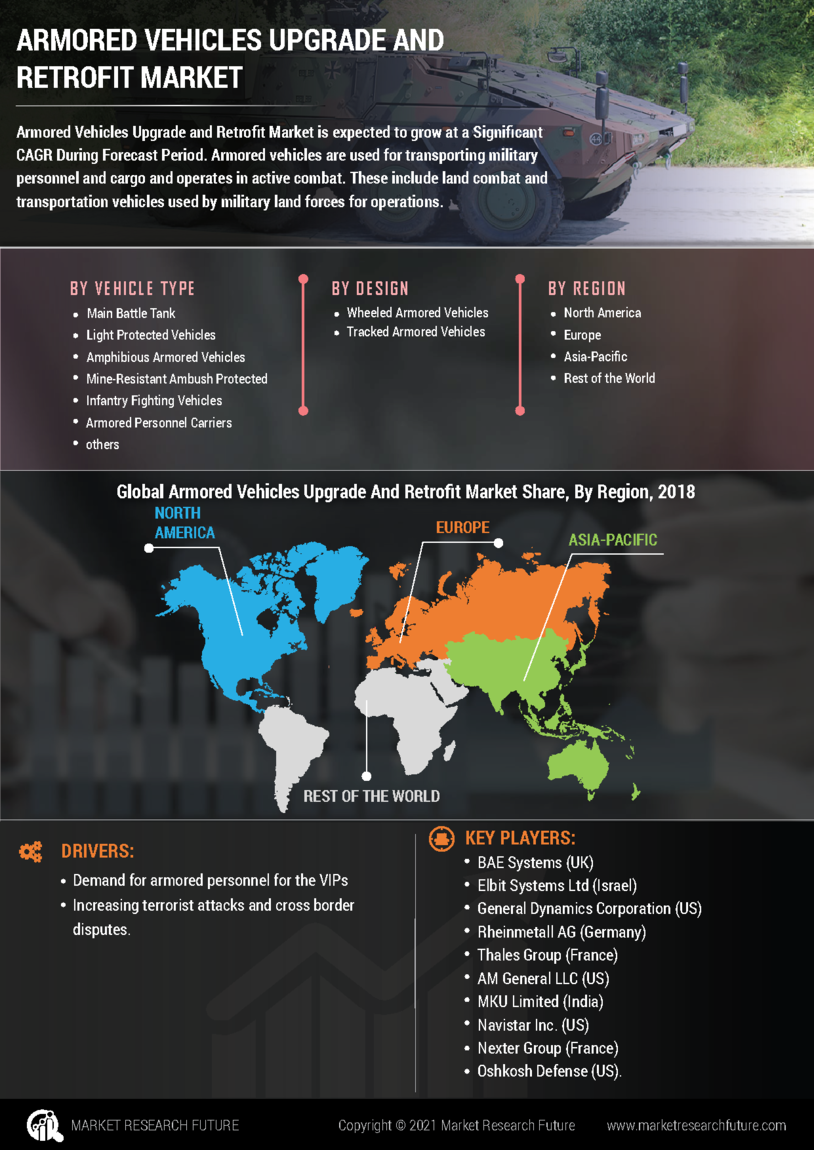

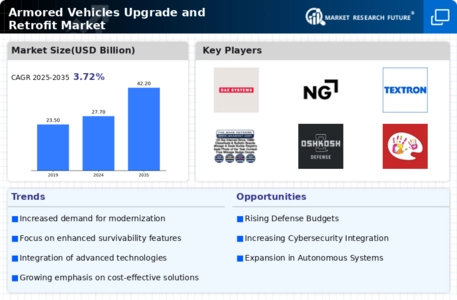
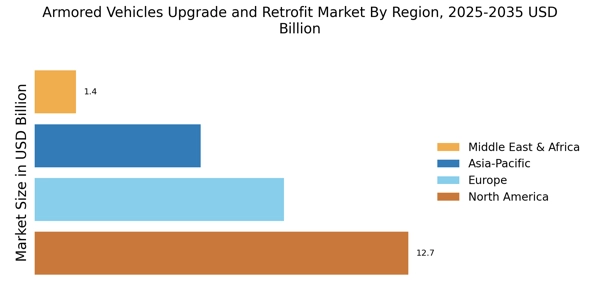



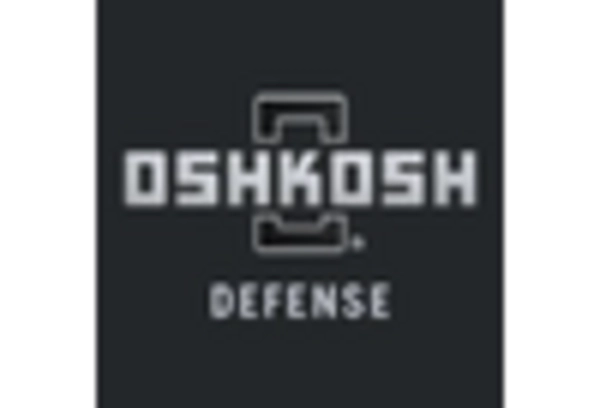
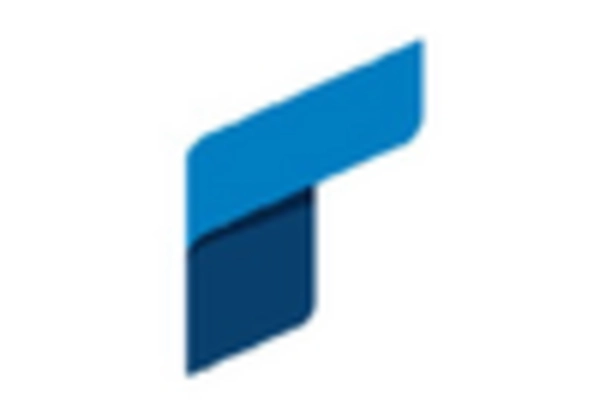









Leave a Comment